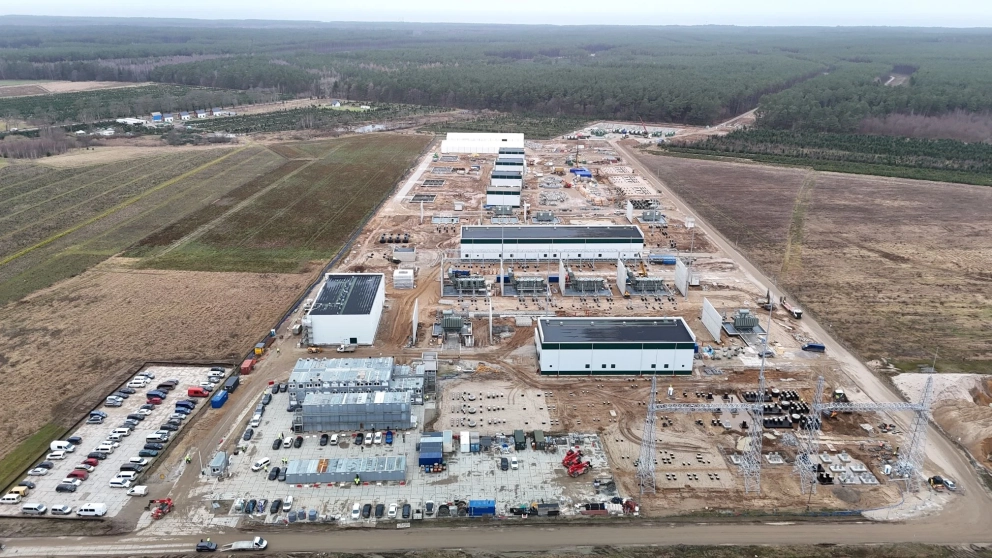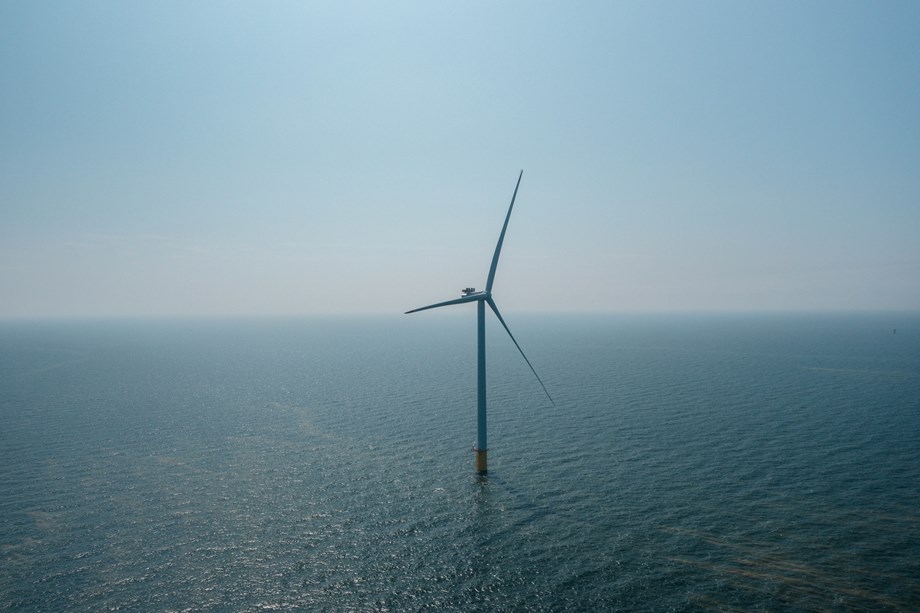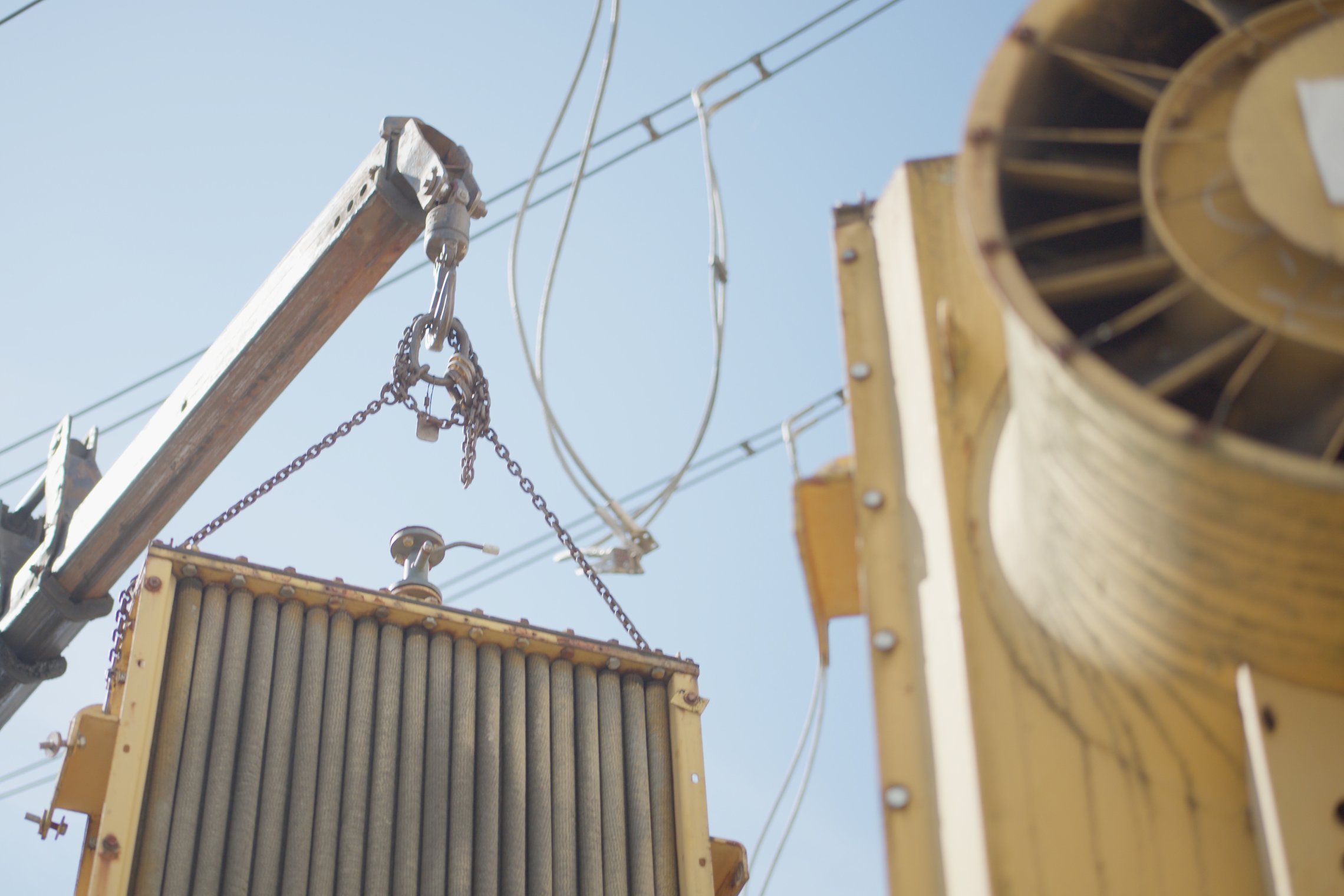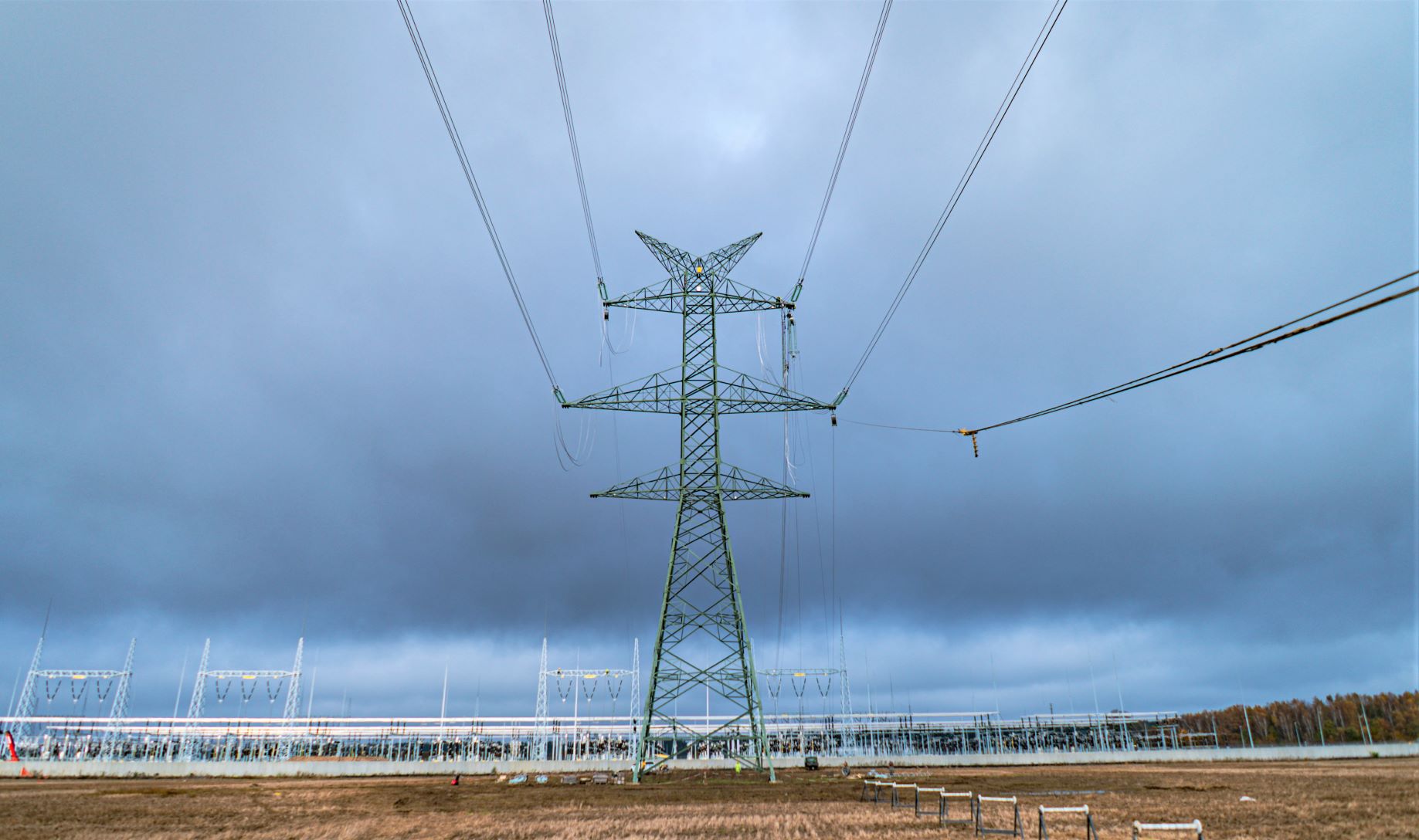The German OFFSHORE-WINDENERGIE foundation has prepared an analysis of the demand and potential for the production of green hydrogen in combination with offshore wind energy in Germany. Calculations show that based on the new maritime spatial development plan, more than 60 GW of offshore capacity can be installed if all available options are used.
60 GW would allow the production of significant amounts of green, emission-free hydrogen. However, in order to realize this potential, the right political decisions and a set regulatory course must be taken after the federal elections, the foundation points out.
Executive Director of the Foundation, Karina Würtz, comments that a much larger amount of offshore wind energy is possible than previously predicted in Germany. 60 GW of offshore wind energy would make the electricity generated by 60 large coal-fired power plants redundant. Germany now has the opportunity to further develop this new form of climate-friendly electricity production with corresponding effects on jobs and investments on the coast.
“We are running out of time with only about 7.5 GW of offshore wind power installed so far. In this context, we now need to set expansion targets that will enable us to achieve climate neutrality quickly. 40 GW in 2040 is simply not enough. The chemical industry, electromobility, heat pumps and finally green hydrogen require a drastic expansion of renewable energy”, explains Würtz.
The Foundation sees an urgent need to prioritize all climate protection measures. With the consistent use of the potential contained in the current spatial development plan, it is possible to reach 60 GW in offshore wind turbines at sea. Part of the energy produced could be used to produce green hydrogen and thus make a significant contribution to the goals of the German national hydrogen strategy until 2040. This requires the designation by the new German government of marine areas for offshore hydrogen production next to areas dedicated to zero-emission electricity generation. Time is running out for German officials as the newly approved offshore wind farms now need 6 years to implement.
Opportunity in Lower Saxony
For Lower Saxony as a coastal country, the development of offshore hydrogen production in the North Sea is of great importance. The hydrogen produced in this way will contribute significantly to the decarbonisation of the steel and chemical industries in Lower Saxony and beyond.
“The development of a hydrogen economy, driven by offshore wind energy sector, offers a wide range of economic opportunities along the entire value chain, from building, installing and operating offshore power plants and electrolysers to hydrogen distribution, hydrogen storage and use. Thanks to its seaports and the existing transport and storage infrastructure, Lower Saxony has all the conditions to create a hydrogen economy”, says Olaf Lies, Lower Saxony’s Minister for Environment and Energy.
As we read on the foundation’s website, according to its calculations, more than 1.2 million tonnes of green hydrogen could be produced annually (up to 44.2 TWh), provided that the energy produced in all installed offshore wind turbines was directed to electrolysers. By comparison, the national hydrogen strategy provides for a hydrogen production target of 28 TWh until 2035-2040.















